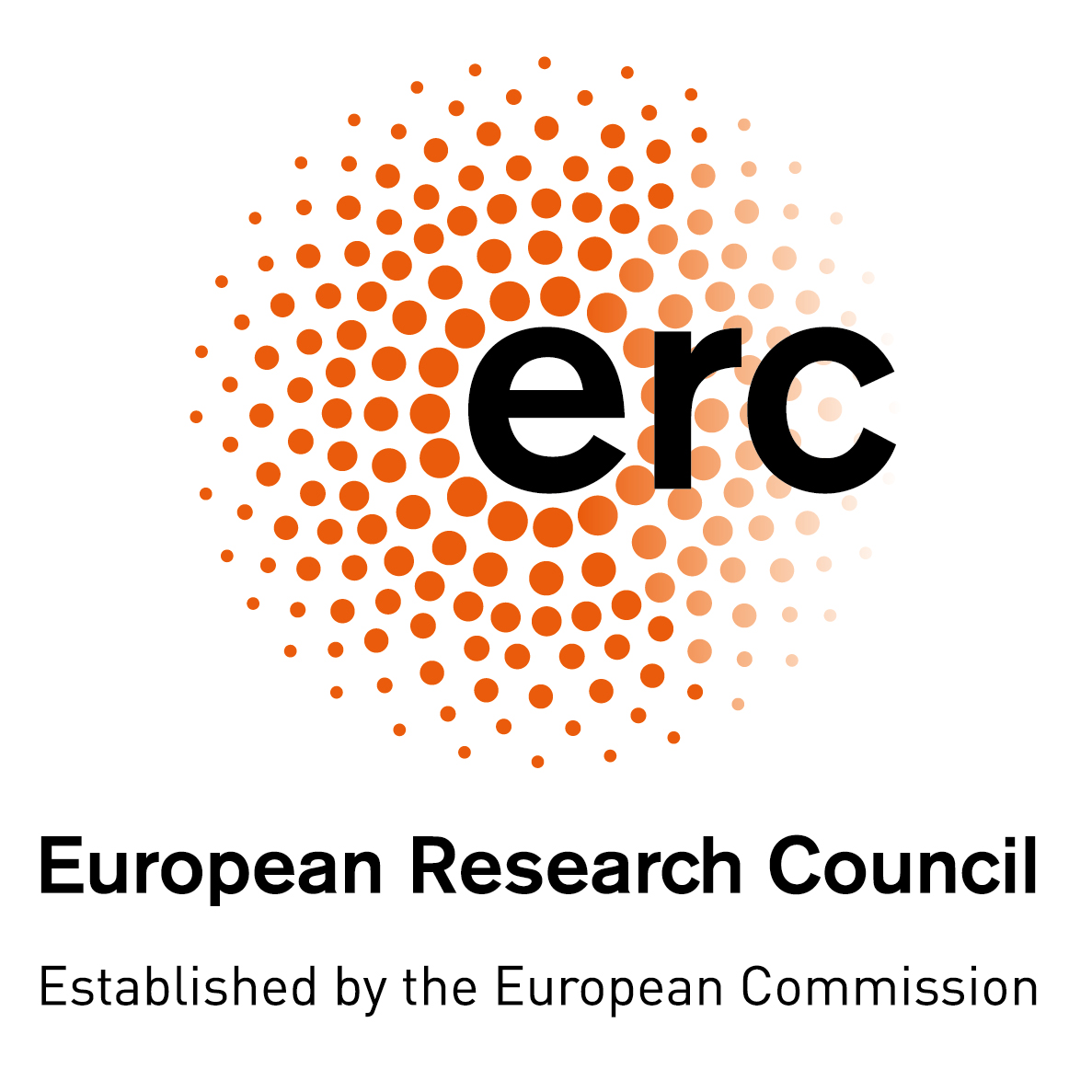


|
Notes:
A preprint version can be found at https://arxiv.org/abs/2205.07546.
|
|
Abstract.
We present novel techniques for neuro-symbolic concurrent stochastic games, a recently proposed modelling formalism to represent a set of probabilistic agents operating in a continuous-space environment using a combination of neural network based perception mechanisms and traditional symbolic methods. To date, only zero-sum variants of the model were studied, which is too restrictive when agents have distinct objectives. We formalise notions of equilibria for these models and present algorithms to synthesise them. Focusing on the finite-horizon setting, and (global) social welfare subgame-perfect optimality, we consider two distinct types: Nash equilibria and correlated equilibria. We first show that an exact solution based on backward induction may yield arbitrarily bad equilibria. We then propose an approximation algorithm called frozen subgame improvement, which proceeds through iterative solution of nonlinear programs. We develop a prototype implementation and demonstrate the benefits of our approach on two case studies: an automated car-parking system and an aircraft collision avoidance system.
|